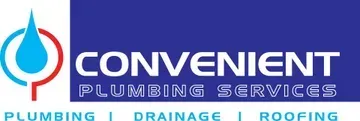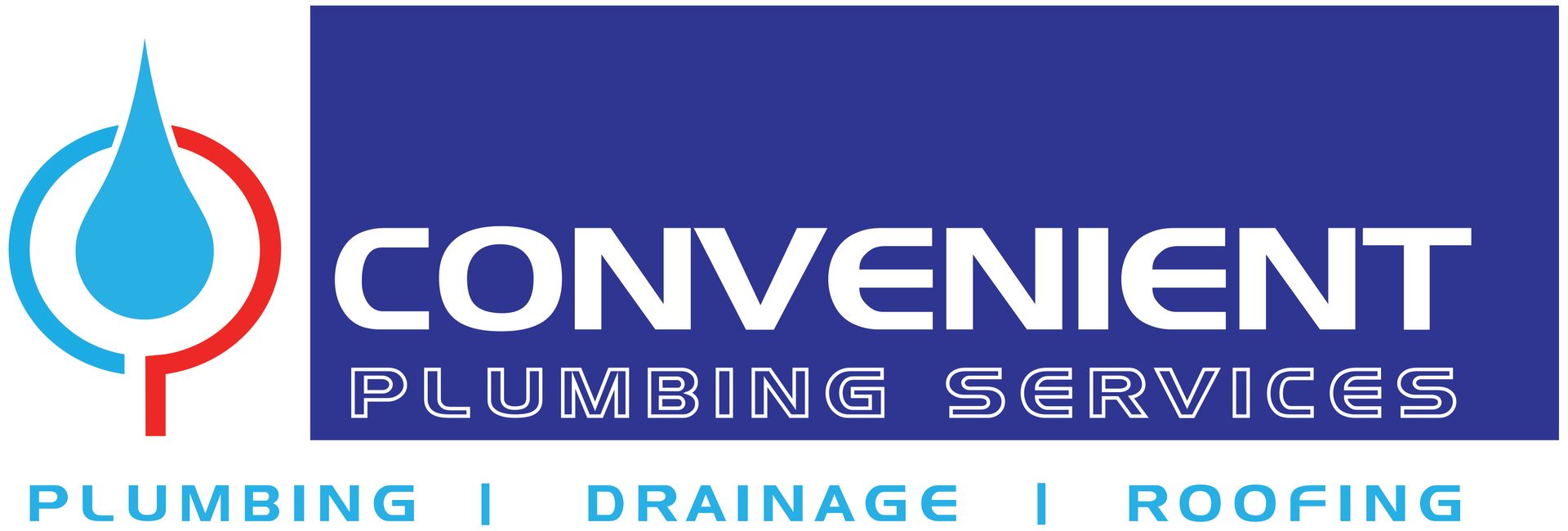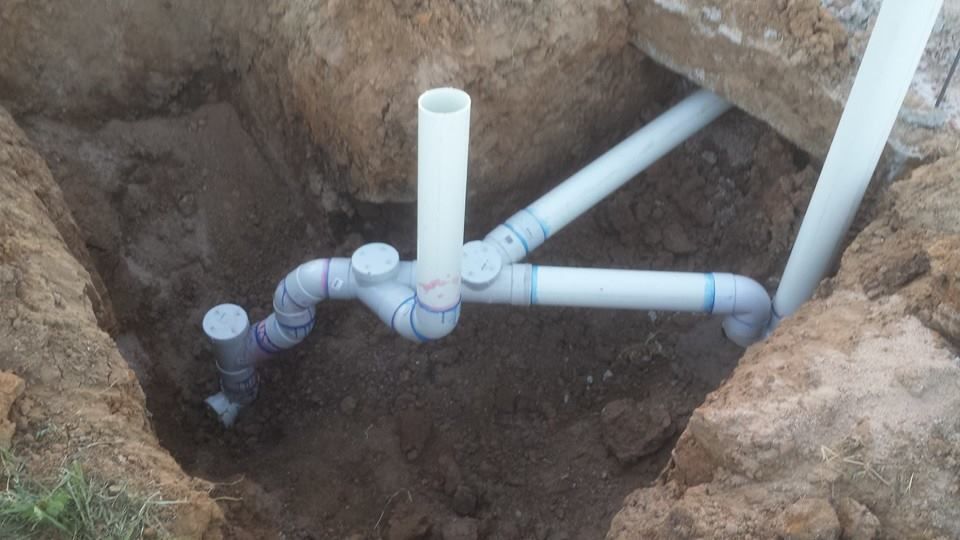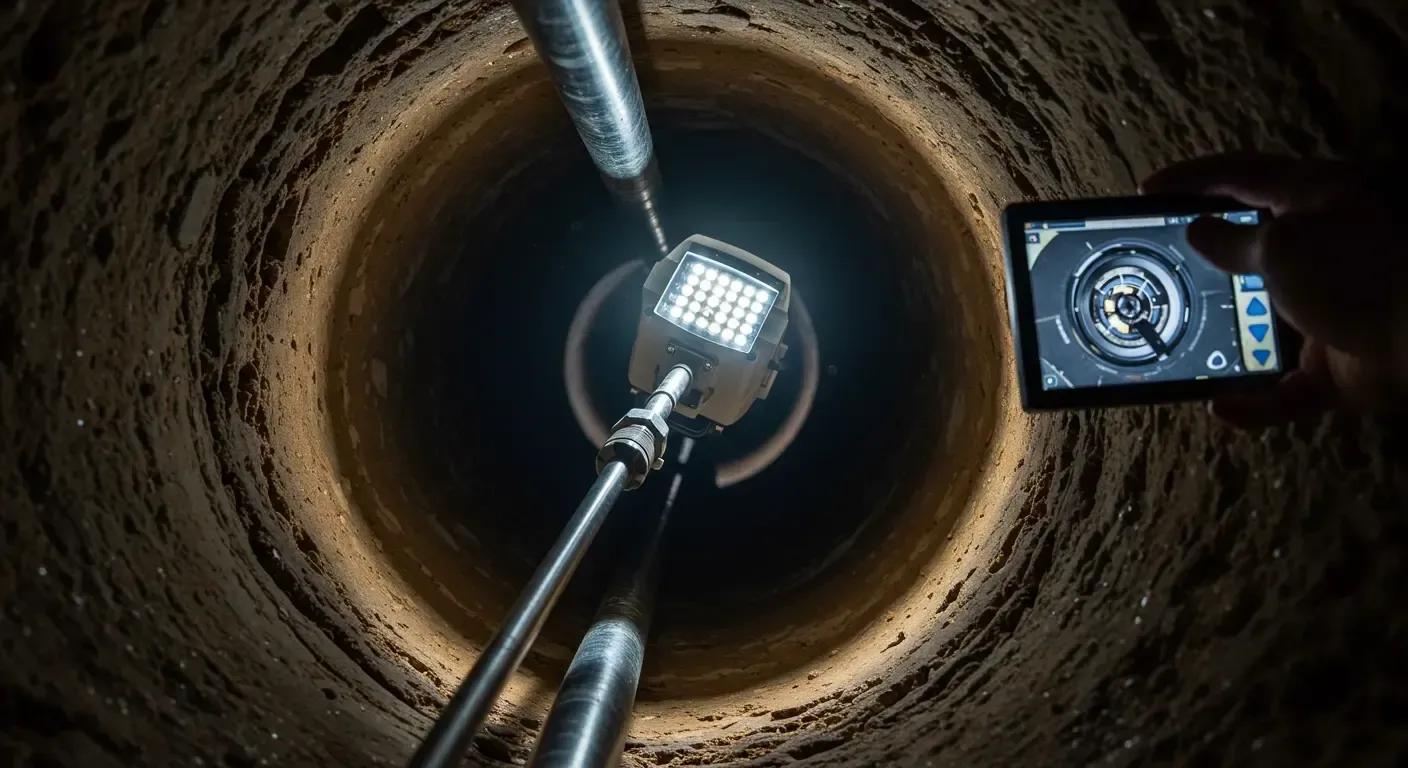How to Find Best Plumbing Services in Townsville Suburbs
Heavy rain turns into ankle-deep puddles fast when your stormwater pipe gives up without warning.
It’s frustrating standing there with soaked shoes while water creeps closer - this kind of stress isn’t in anyone's schedule.
Blocked stormwater pipes love to hide their mess until your yard’s flooded or your driveway turns into a dam.
Leaves, silt, even crushed pipes can be the troublemakers, and figuring it out feels like chasing shadows in the dark.
If you're a Townsville homeowner or business, we get how urgent this can be.
At Convenient Plumbing, we know how urgent these situations are. As a trusted local team serving Townsville homeowners and businesses, we use advanced tools and years of experience to locate and clear blockages fast.
From high-pressure jetting to CCTV drain inspections, we restore your stormwater system quickly, safely, and without unnecessary disruption.
Causes of Stormwater Pipe Blockages
When your backyard starts pooling water after every rain, hidden drains might be quietly clogging up beneath your feet.
Understanding what’s blocking your drain can help prevent future mess and property damage.
Let’s dissect the causes behind pipe blockages
Common Debris That Causes Blockages
Every autumn breeze drops leaves straight into storm drains, where they join twigs and grass clippings to build clogs.
Mix that with silt after a downpour, and it forms a dense, stubborn plug. Leftover concrete sludge or builder’s waste from nearby construction makes everything worse.
All of this puts serious pressure on the drain system’s ability to carry away stormwater effectively.
Natural and Weather-Related Factors
When heavy rain arrives, fast-flowing runoff pushes mud, stones, and other sediment into the system.
Then there are tree roots - they’re relentless. They infiltrate any small crack, slowly taking over the pipe from inside. These natural elements aren’t easy to stop, but knowing they're common offenders makes it easier to spot and solve drain issues early.
Inadequate Drain Design or Maintenance
Poor designs during property construction make some stormwater systems destined to fail.
Incorrect levels or pipe sizing sends water the wrong way or traps it entirely.
Over time, old pipes collapse or joints separate, which leads to leaks and backups.
Without regular upkeep, even the best-designed systems eventually give in to wear and tear.
Signs of a Blocked Stormwater Pipe
Blocked pipes don’t shout until it storms - they quietly cause chaos beneath the surface.
But your property will show signs if you know where to look and listen. Here are some distinctive signs that will help you stay ahead of the blockage.
Visual and Physical Indicators
Puddles sticking around after a storm or water pooling near grates are early red flags.
Your kerbs might overflow, or your yard might start to feel soggy long after the rain’s gone. If water backs up out of gutters or indoor floor drains - your pipe’s definitely clogged further in.
Noises From Indoor Plumbing
Listen closely when your bathroom’s quiet. If your toilet gurgles or your sink bubbles, air is pushing through a blocked pipe.
These strange sounds show trouble brewing deep within connecting stormwater lines.
Smells and Hygiene Concerns
Your nose might detect trouble before your eyes do. Strong, earthy odours or the stink of stagnant water often escapes from garden or outdoor drains.
This can feed mould and mildew growth in damp spots around outdoor walls or under houses, causing discomfort and health worries.
Slow Drainage After Light Rain
If even a light shower leaves your drains struggling or water takes longer than usual to clear, it suggests partial blockage. Research shows partial clogs often progress to full blockages during heavy storms, causing sudden flooding.
Shifting or Cracked Surfaces
Blocked or damaged stormwater pipes can cause soil erosion underneath driveways, paths, or gardens. Look out for cracks, sunken patches, or shifting pavers, which indicate water is pooling underground instead of flowing away properly.
DIY Methods to Clear Blocked Stormwater Pipes
Not every blockage needs professional power - some just need a pair of gloves and a bit of effort. Knowing safe DIY steps can save your yard and your bank balance and your peace.
Safety and Preparation
Before lifting any grate, gear up properly. Use gloves, goggles, boots and a mask especially if splash back or odours are present. Keep tools within reach like buckets, screwdrivers and drain rods for quick access during clean-up.
Manual and Mechanical Techniques
Start simple - remove the drain cover and scoop out surface debris.
Then feed a plumber’s snake or auger into the pipe, rotating slowly to break up built-up gunk. This hands-on method works well for minor clogs near the entrance of the drain.
Pressure and Flushing Tools
Once loosened, blast the pipe using a garden hose or pressure washer. If the blockage sits deeper, high-pressure drain jet attachments from hardware stores or hires might be the solution. They push out sludge and sediment more thoroughly than water alone.
Use a Wet and Dry Vacuum
A wet/dry shop vacuum can be a surprisingly effective tool for shallow blockages. Seal the hose around the drain opening with a rag or duct tape to create suction, then pull out debris like leaves, twigs, and silt. Many homeowners use this trick for quick storm drain clearances without digging or chemicals.
Homemade Flushing Solution
For partial clogs made up of organic debris and dirt, a simple mix of boiling water, vinegar, and baking soda can help. Pour the baking soda into the drain first, followed by vinegar to create a fizzing reaction that loosens grime, then flush with boiling water to clear it through. This method is safe, affordable, and helps with small build-ups near the drain entrance.
Equipment and Products for Clearing Blockages
Some clogs fight back harder than others. Certain tools and products - both mechanical and chemical - can make the work less messy and far more effective.
Tools for Hire or Purchase
You can rent a drain snake from Bunnings or Kmart for deeper jobs. Hardware stores also stock steel augers and sectional rods to tackle bends and lengthy drains. Look for adjustable ones if your stormwater layout has multiple connection points.
Chemical Drain Solutions
Drano and other branded cleaners from Coles or Woolies help break down smaller organic build-ups. These aren’t ideal for ongoing use but give temporary relief before a professional inspection. Always follow labels closely to avoid damaging your pipes or hurting yourself.
Outdoor Drain Products
Prevent future blockages by upgrading grates to stainless-steel or rust-free options. Outdoor drain covers that resist leaf buildup and allow water in without the mess work well around gardens or driveways. Even protective mesh inserts can act as a simple but effective barrier.
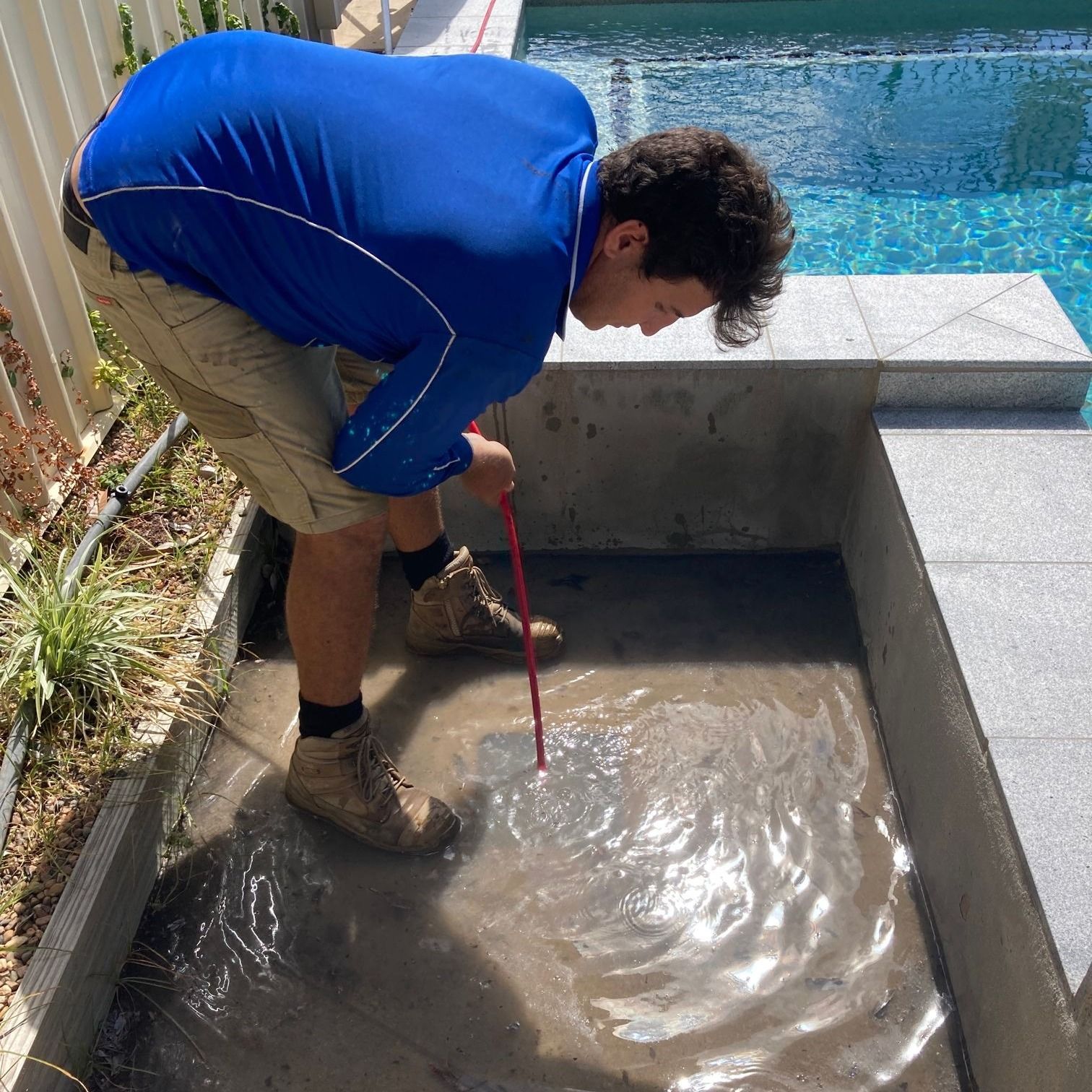
Advanced Drain Unblocking Methods
Some pipes need more than elbow grease. When things go deep, sharp tools and expert touch might be the only answer that works.
Water Jet and Hydro Techniques
High-pressure water jetting slices through roots, grease and hardened mud.
Hydrojets push water at intense speeds to clean pipe walls fully and remove deeply lodged materials. This method also helps test the strength of the pipe during cleaning.
Mechanical and Robotic Options
We use CCTV inspections to pinpoint issues exactly - saving guesswork and time.
From there, robotic cutters remove root clumps and twisted debris from inside the drain.
It’s surgical precision without digging up your grass or driveway.
When to Call a Professional
If you’re dealing with recurring problems or deep underground blockages, don’t wait.
Our Townsville plumbing team is ready 24/7 to inspect and correct stubborn drainage faults using proven, high-grade equipment. We back every repair with a 12-month guarantee to
Preventive Maintenance for Stormwater Pipes
A bit of planning keeps the water flowing right. Regular check-ups reduce the chance of another big soaking or severe pipe failure.
Regular Cleaning and Inspections
We recommend clearing your gutters, drain grates, and pits before storm season kicks in.
Dry season is the perfect time to get inspections done or book a CCTV scan with us for peace of mind.
Practical Installation Upgrades
Installing a spoon drain or Everhard Easydrain can move water faster and avoid pooling.
Strip drains around paving or entrances control surface water better - especially on sloping yards.
Landscaping and Backyard Planning
Keep roots from sneaking into drains by planting shrubs - not trees - near storm lines.
Make sure slopes guide water away, not toward the house or drain entry points.
Property and Legal Responsibilities
Before reaching for tools or calling your council, knowing who owns what section of pipe really matters. This avoids confusion and wasted dollars.
Who is Responsible for What
Generally, homeowners manage everything within their boundaries, while local councils cover roadside easements. In rentals, landlords usually fix drains unless clogs result from misuse by tenants.
Identifying Property’s Drain Layout
Check your original stamped council building plans or ask for a drainage map to locate key points. We help Townsville locals identify access points and hidden pipeline paths before any digging starts.
Local Regulations and Compliance
In NSW and Victoria, regulations say water can’t flood neighbors’ yards or public paths.
Our team keeps your system compliant with current codes - whether rules change or stay the same.
Cost of Unblocking Stormwater Pipes
Drain work doesn’t always mean breaking the bank. Knowing the average cost helps you plan better - even when things clog up fast.
Average Pricing for Common Jobs
Simple snaking jobs start around $150, while deeper water jet cleans hit the $350 mark.
We give Townsville homeowners up-front quotes within 24 hours - or we knock $100 off the bill.
DIY vs Professional Cost Analysis
Renting gear from Bunnings or Kmart may cost $30-$90 a day. But misdiagnosing the issue can double the job later on. Hiring us, Convenient Plumbing Services, gets the job fixed right the first time - saving both stress and risk.
Long-Term Fixes
Pipe relining avoids digging and averages $1,000-$1,500 depending on length. New spoon drain installs vary, but usually start around $600. We help weigh choices with clear, siding comparisons and honest advice.
Frequently Asked Questions
How do I locate my stormwater drain on the property?
We suggest reviewing original building plans or getting a drain location scan from our team for pinpoint accuracy.
What chemical is best to unblock stormwater drains?
Drano Max Gel works for surface blockages, but avoid overuse. Deeper issues need hydrojet tools or professional help.
Can I use stormwater drainage systems available from Bunnings?
Yes. Everhard and strip drains sold there suit gardens, drives, and patios. Match them with your pipe size and plan layout first.
How can I naturally unblock a stormwater pipe?
You can use a garden hose, baking soda-vinegar mix, or drain snake to shift light clogs naturally without harsh chemicals.
When should I replace rather than repair a stormwater pipe?
If your pipe has collapsed or tree roots return after every clean, it’s time for replacement or full relining.
That Little Gurgle Could Be a Big Warning
A blocked stormwater pipe rarely stays small. What starts as a faint gurgle or a slow drain can quickly turn into water pooling in your yard, seeping into walls, and damaging your home’s foundation. By the time you notice the mess, the repairs often cost far more than a quick fix ever would.
At Convenient Plumbing, we do not just clear blockages; we stop problems from coming back. Our team uses advanced equipment, local know-how, and fast response times to restore proper flow and protect your home from future headaches.
Keep your home dry, safe, and stress-free. call Convenient Plumbing today and let us handle the hard work before small signs turn into big problems.
